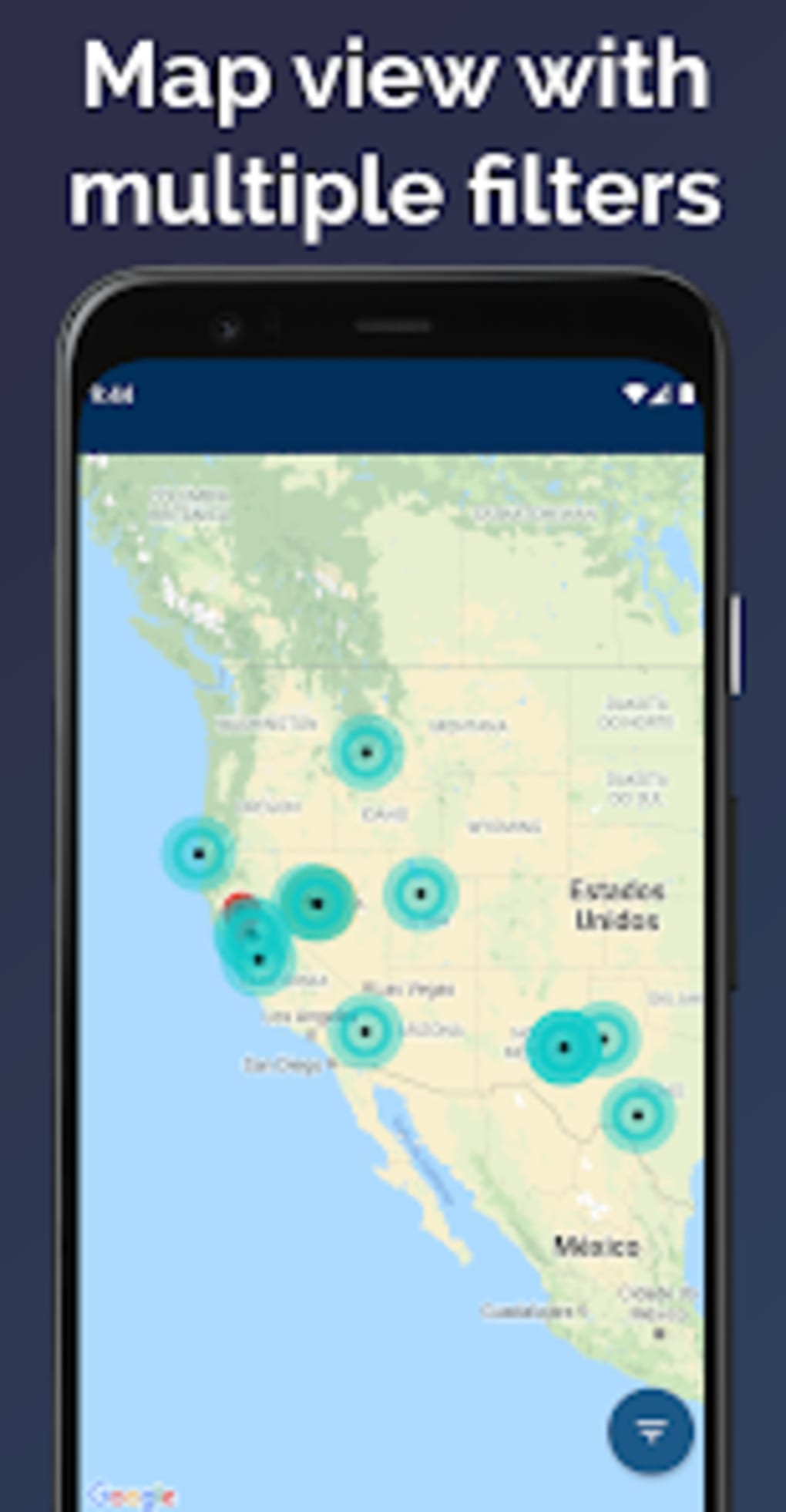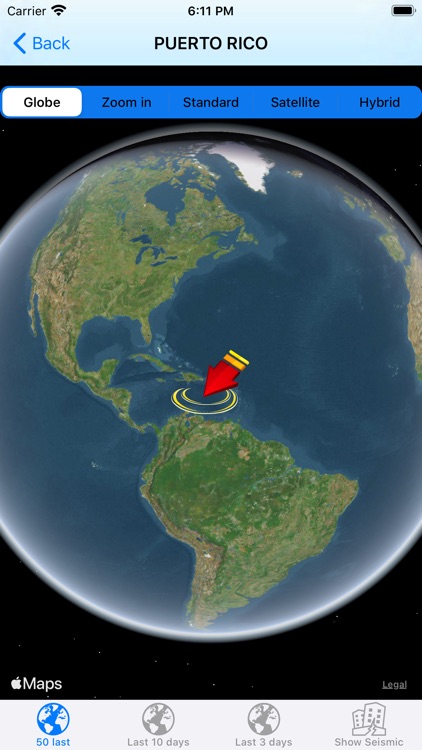Are we truly prepared for the earth's restless nature? The constant tremor of our planet, with its daily barrage of seismic activity, serves as a stark reminder of the powerful forces that shape our world, and the urgent need for vigilance and preparedness.
The world is in a perpetual state of geological flux, a fact underscored by the relentless occurrence of earthquakes. These events, ranging from barely perceptible tremors to devastating catastrophes, are a persistent feature of our planetary existence. Keeping track of these events is a task for scientists and a concern for every person on earth, so how do we remain informed? Let's delve into the complexities of this volatile reality and understand the impact it has on lives and infrastructure globally.
| Category | Details |
|---|---|
| Name/Title (Fictional Example for illustrative purposes) | Dr. Arzu Demir |
| Profession | Geologist, Earthquake Expert |
| Specialization | Seismic Hazard Assessment, Fault Line Analysis, Earthquake Preparedness |
| Education | Ph.D. in Geophysics, Istanbul Technical University |
| Key Achievements/Contributions |
|
| Current Affiliation | Professor of Seismology, Boğaziçi University, Istanbul |
| Notable Publications | Seismic Hazard Assessment in the Marmara Region, Earthquake Preparedness Strategies for High-Risk Cities |
| Notable Quotes | Preparedness is not merely a scientific endeavor; it is a societal imperative. |
| Related Web Resources | Example Website of a Fictional expert |
Earthquakes Today provides real-time updates, bringing you the world's most recent seismic events. The website highlights the frequency of these occurrences, with approximately 1400 earthquakes occurring daily around the globe, equating to an astonishing 500,000 annually. While many go unnoticed, an estimated 275 are felt by people. The scale of these events can be truly humbling, from the smallest tremors to the devastating impact of major earthquakes. One of the most powerful earthquakes ever recorded, a magnitude 9.5, struck Chile on May 22nd, serving as a stark reminder of nature's raw power. The deadliest earthquake on record occurred in central China in 1556, claiming countless lives.
The immediacy of information is crucial, and websites such as Earthquakes Today provide the latest earthquake data, tracking the number, location, and magnitude of quakes worldwide. These resources are continuously updated, often minute by minute, to ensure that users are aware of the latest seismic activity. Maps and statistical data add a valuable layer of understanding, allowing for a comprehensive view of global tremors, and even allowing individuals to report felt quakes.
Consider the recent events near Istanbul, a city known for its rich history and cultural significance, but also its vulnerability to seismic activity. The recent tremors in Istanbul, as reported by sources like the BBC, have brought to the forefront the seismic vulnerability of major cities. Turkish geologist and earthquake expert Naci Görür, for instance, has identified the Kumburgaz fault as a key area of concern. The Kumburgaz and Adalar faults are located close to Istanbul, and the potential for these faults to generate future earthquakes adds to the risk.
The European Mediterranean Seismological Centre (EMSC) also offers an interactive map, providing a global overview of earthquakes. The map allows users to filter by magnitude, time, and location, as well as view testimonies from those who experienced the events, providing a personal and immediate understanding of the impact.
Examining the most recent data, we find that the world's seismic activity, in the past 24 hours, included a number of earthquakes. It's important to note that the average number of tremors varies from day to day, but on average, such as the one we have observed, reflects a relatively low level of seismic activity. However, even a seemingly low level of activity can include significant events, with some of the recorded earthquakes reaching magnitudes of 4.0 or higher, highlighting the variability and potential for significant events at any given moment.
The United States Geological Survey (USGS) is another reliable source, providing information on recent earthquakes. Their platform offers details on magnitude, location, and time, with the ability to sort by date and location, offering a comprehensive look at the day’s seismic events. The USGS continuously updates its database, reflecting the ongoing activity around the world.
Beyond immediate awareness, understanding the science behind earthquakes is critical. The magnitude of an earthquake, often measured using the moment magnitude scale (Mw), provides a sense of its energy release. The location of an earthquake, its epicenter and focal depth, provides important insight into the specific geological forces at play. Knowledge of fault lines, areas where tectonic plates meet, gives an understanding of the likelihood of future earthquakes. The processes of how an earthquake occurs, from the buildup of stress to the sudden release of energy, all contribute to the overall science of seismology.
The ongoing study of earthquakes is essential for the protection of human life and infrastructure. Seismic hazard assessments are employed to evaluate the likelihood of future earthquakes, and seismic risk assessments are used to assess the potential for damage. These evaluations are vital in developing building codes, constructing earthquake-resistant structures, and preparing emergency response plans.
Early warning systems represent a significant stride in the mitigation of earthquake risk. Using sensors and sophisticated algorithms, these systems can provide crucial seconds of warning before shaking begins, which can be essential for people to take cover and for automated systems to shut down vital infrastructure, such as gas lines and power grids. Such advancements can reduce loss of life and minimize damage.
Preparedness goes beyond scientific research and technological advancement; it is a collective responsibility. Public awareness campaigns are pivotal, promoting knowledge about earthquake hazards, preparedness measures, and emergency response. Training programs, such as those teaching drop, cover, and hold on, can help save lives. The education of the public is, in many cases, the first line of defense.
The role of government agencies, scientific institutions, and emergency response organizations is also fundamental. Coordinating these groups helps ensure a well-orchestrated and effective response during and after an earthquake. Investment in research, the development of early warning systems, and the enforcement of building codes are all essential in reducing risks. Regular drills and simulations are very helpful in testing plans and improving responsiveness.
The impact of earthquakes extends beyond the immediate physical damage. They can cause significant economic losses due to damage to property, disruption of businesses, and the need for rebuilding. Earthquakes also result in a need for substantial humanitarian aid to assist those affected, providing food, shelter, medical care, and psychological support. Recovery can take years.
Studying past earthquakes is an important part of the work of understanding the planet's seismic activity. Analyzing historical data, including the location, magnitude, and effects of past earthquakes, helps scientists to identify patterns and identify regions at higher risk. Historical data gives valuable data for creating models that estimate the probability of future events.
Looking ahead, technological advancements continue to improve our ability to monitor and mitigate earthquake risks. Sophisticated seismographs and sensor networks provide more detailed and accurate data. Artificial intelligence is being used to identify seismic patterns and predict earthquakes. Developments in the field of materials science are leading to the creation of more earthquake-resistant construction materials. The future involves new technologies that can enhance the accuracy of seismic monitoring and make communities better prepared.
The continuous nature of earthquake activity underscores the importance of staying informed. By using reliable resources like those mentioned above, we can keep a finger on the pulse of the planet, enabling us to react more effectively and stay safe. Whether it is through the use of interactive maps to track real-time tremors or by the continuous accumulation of scientific knowledge, the ongoing pursuit of preparedness is a task that engages us all.



